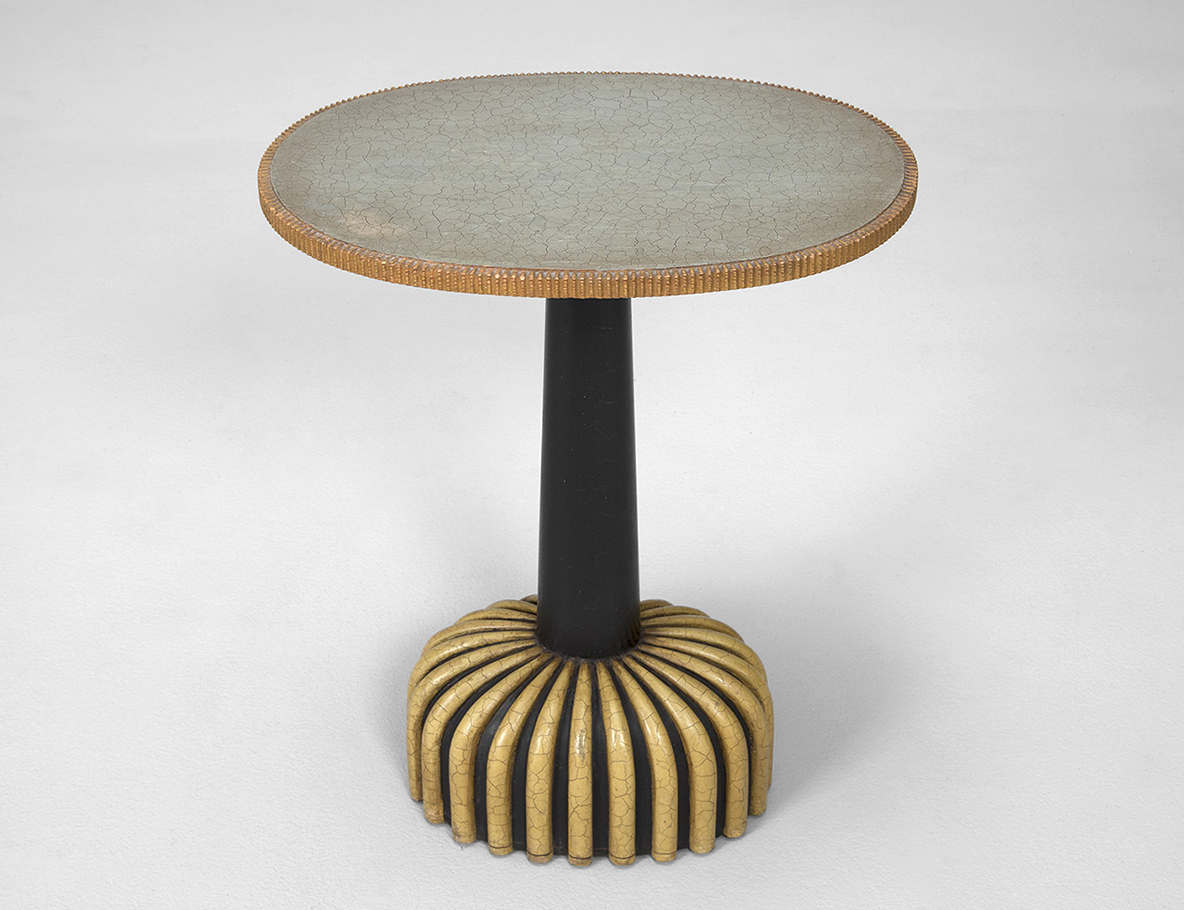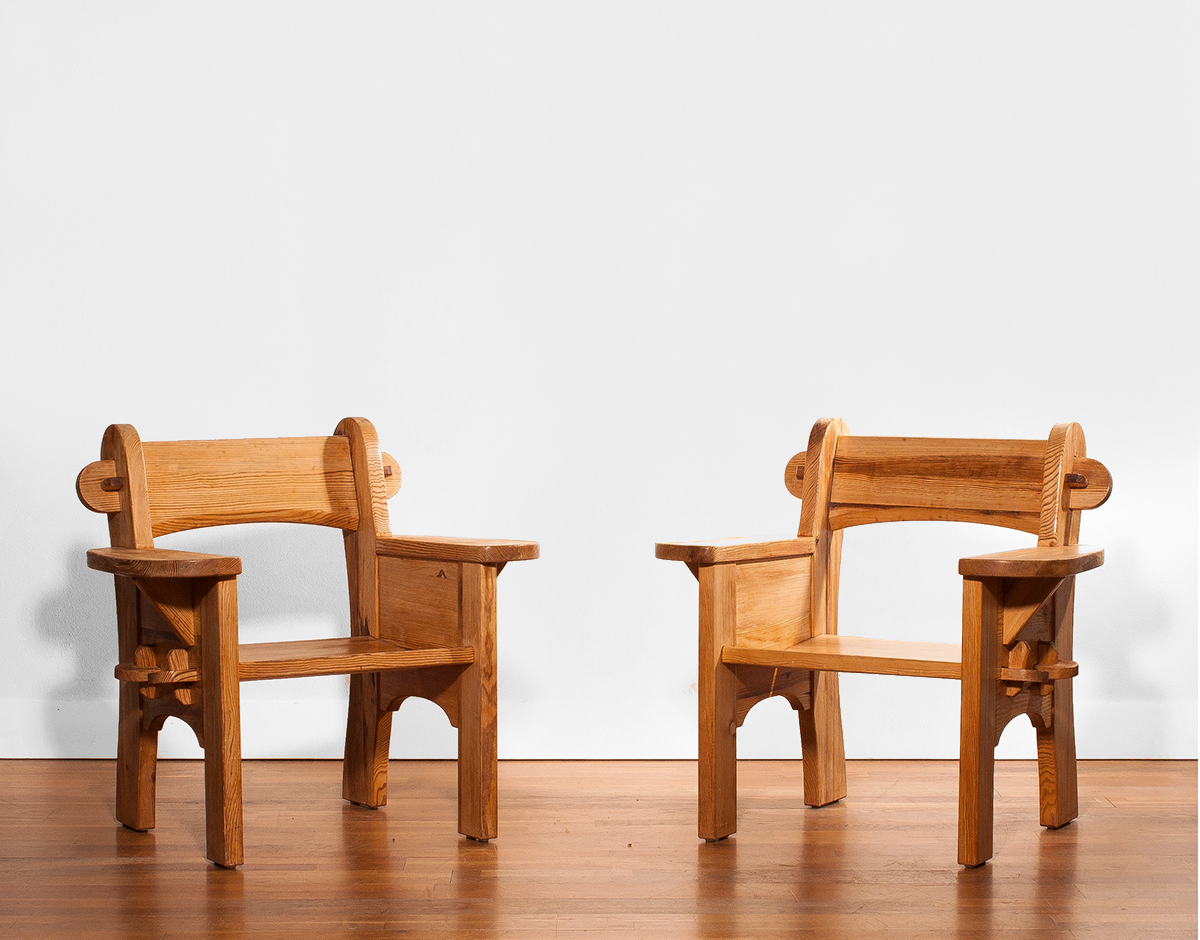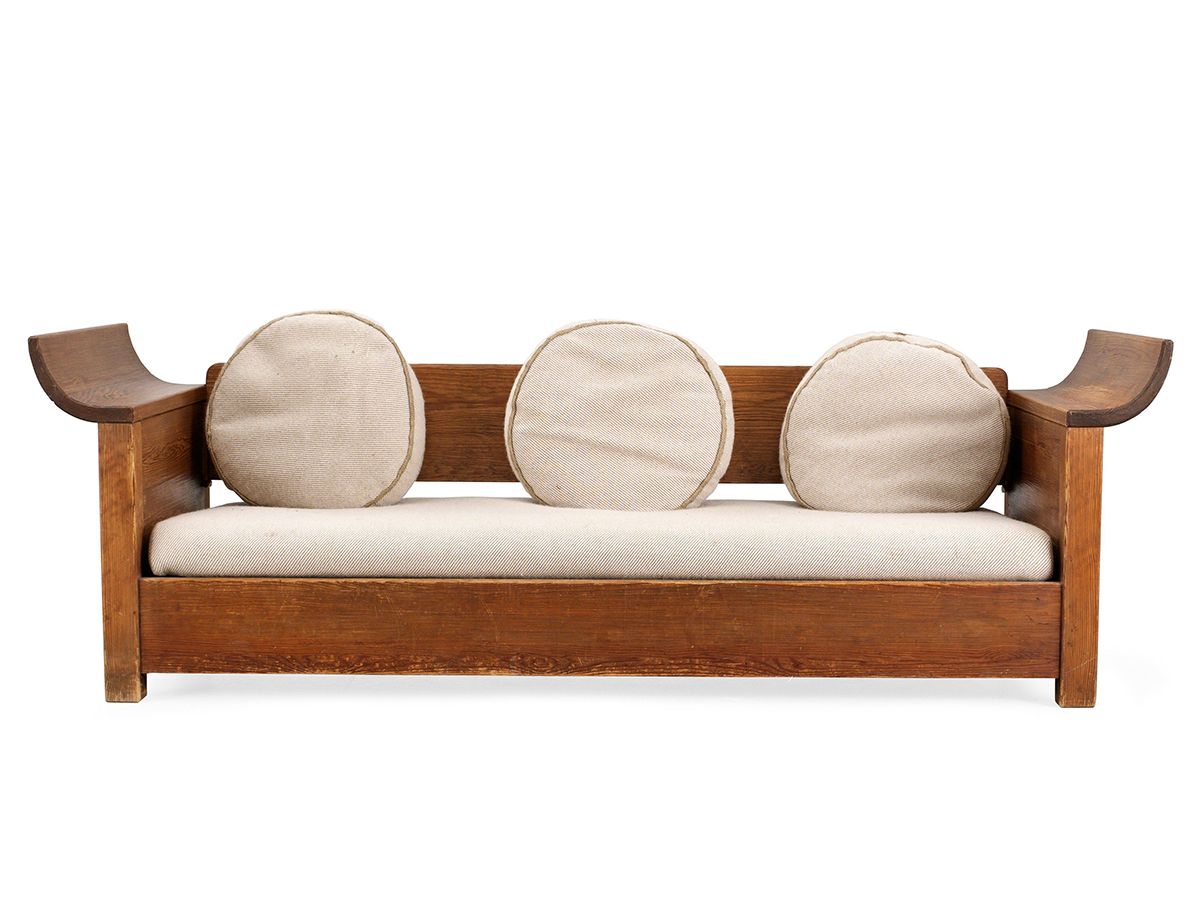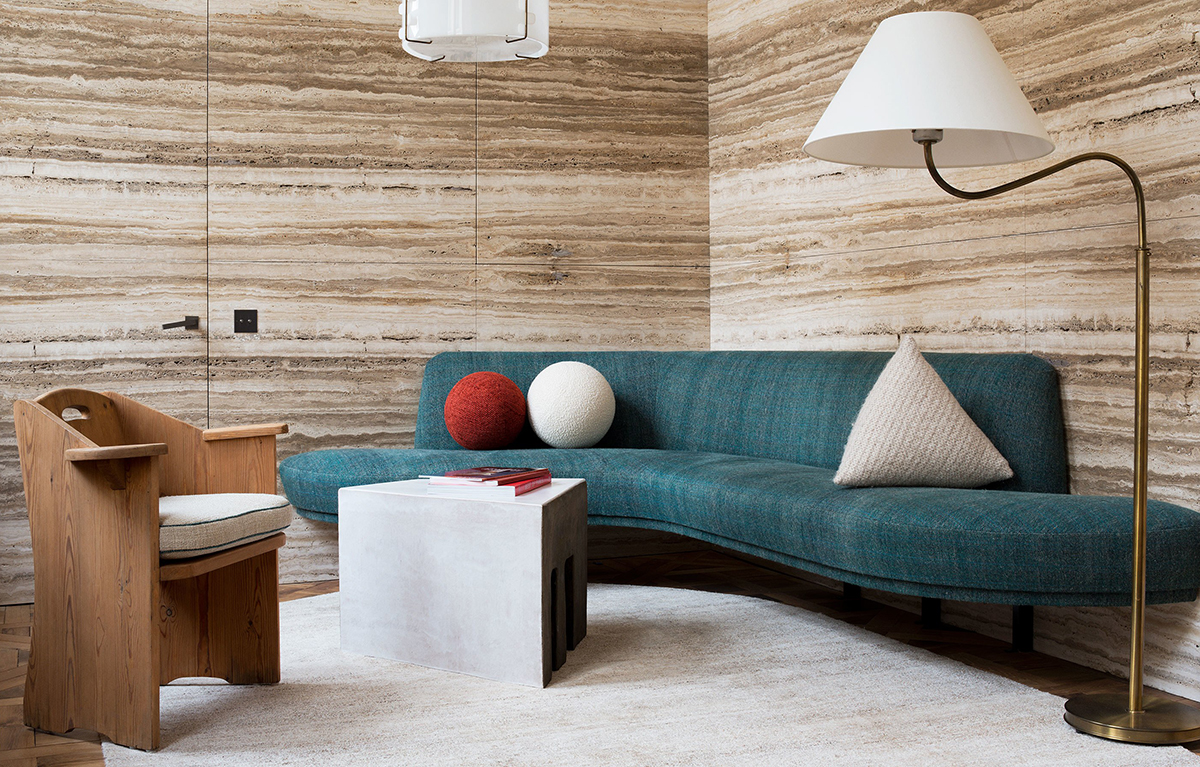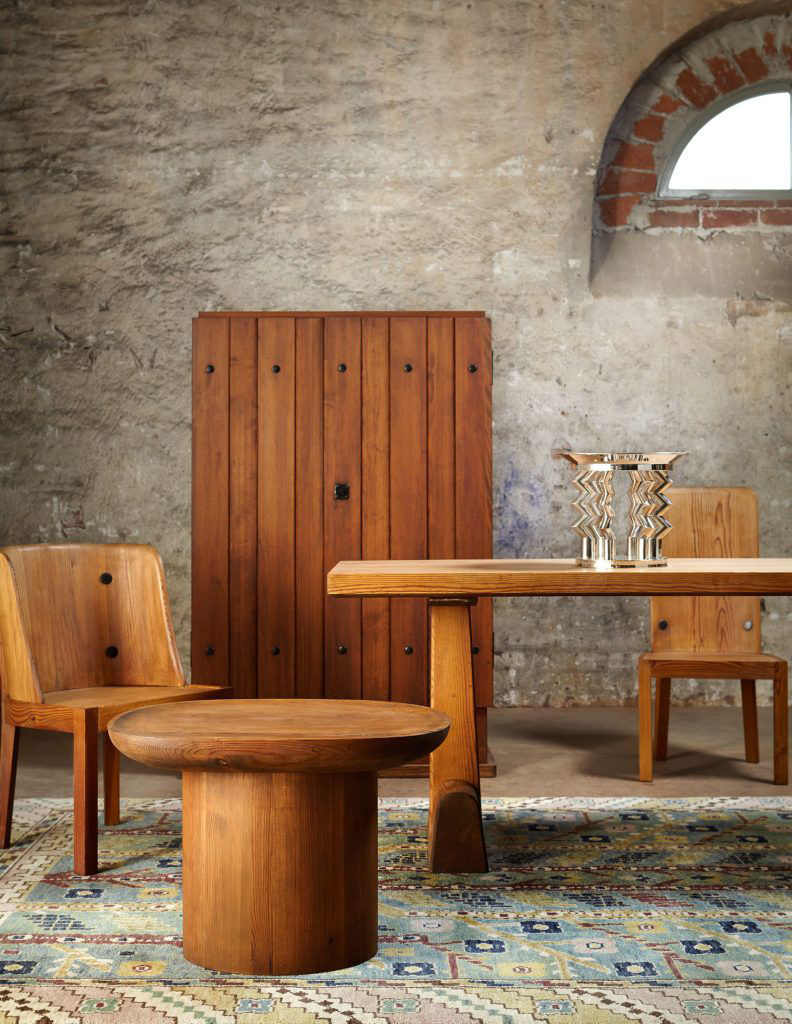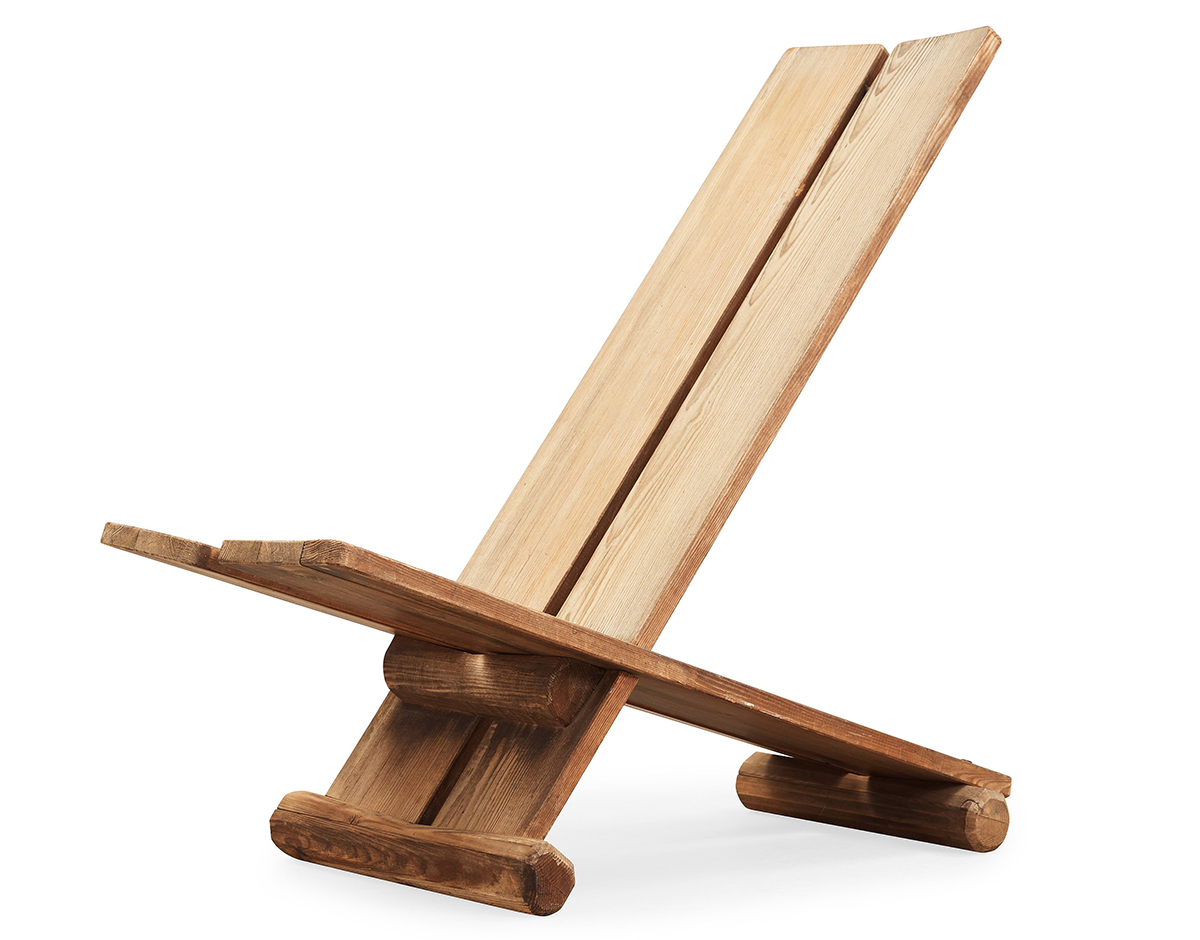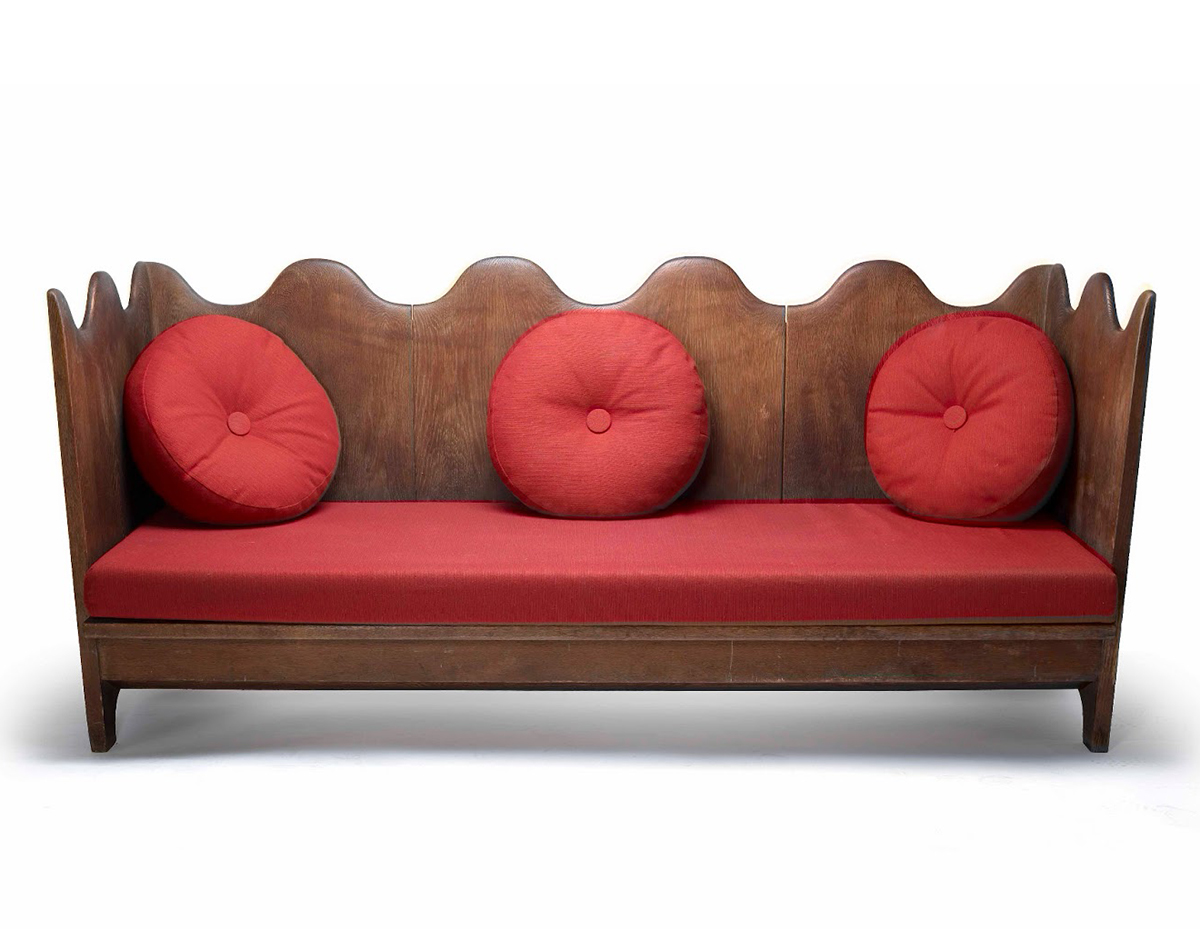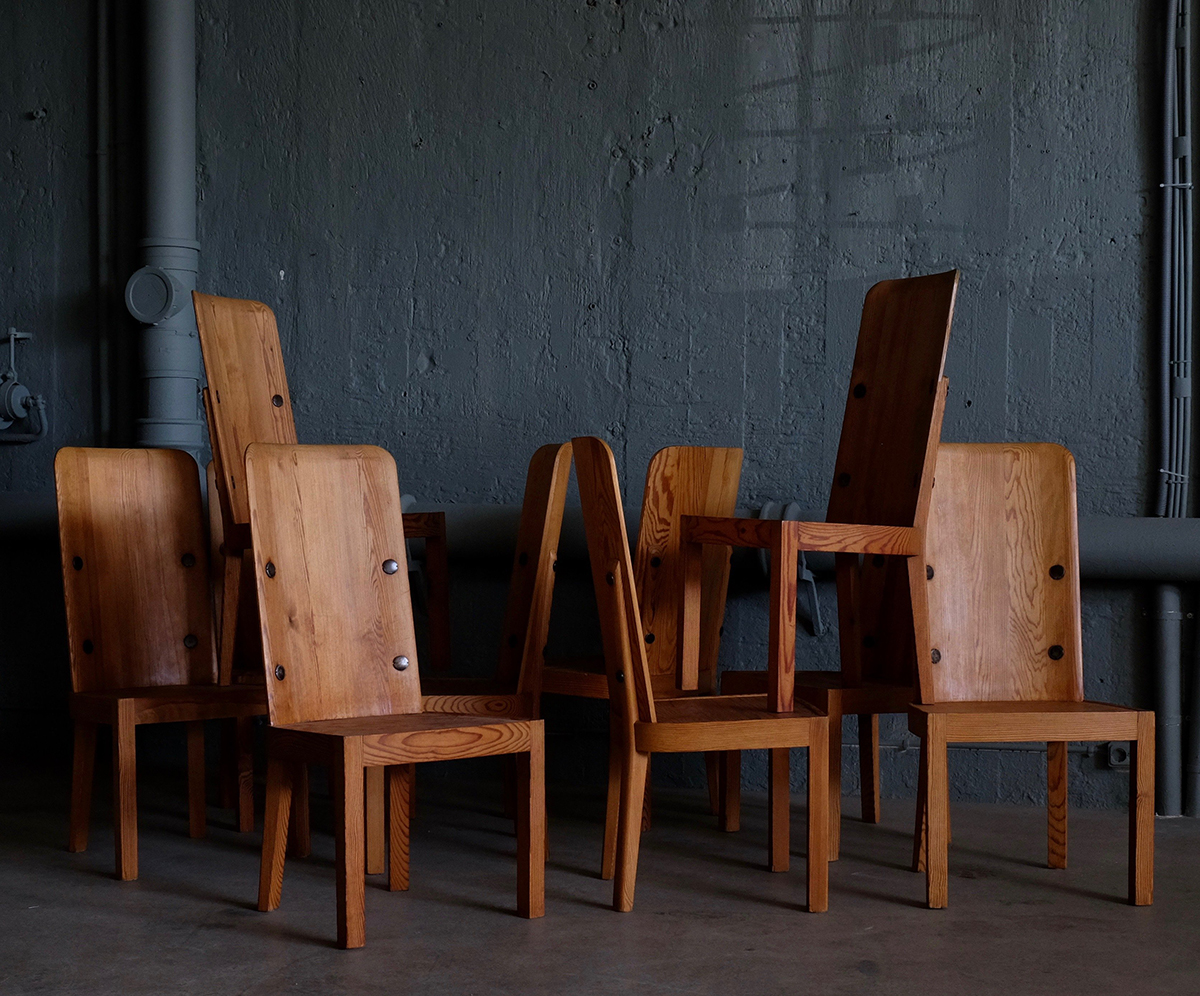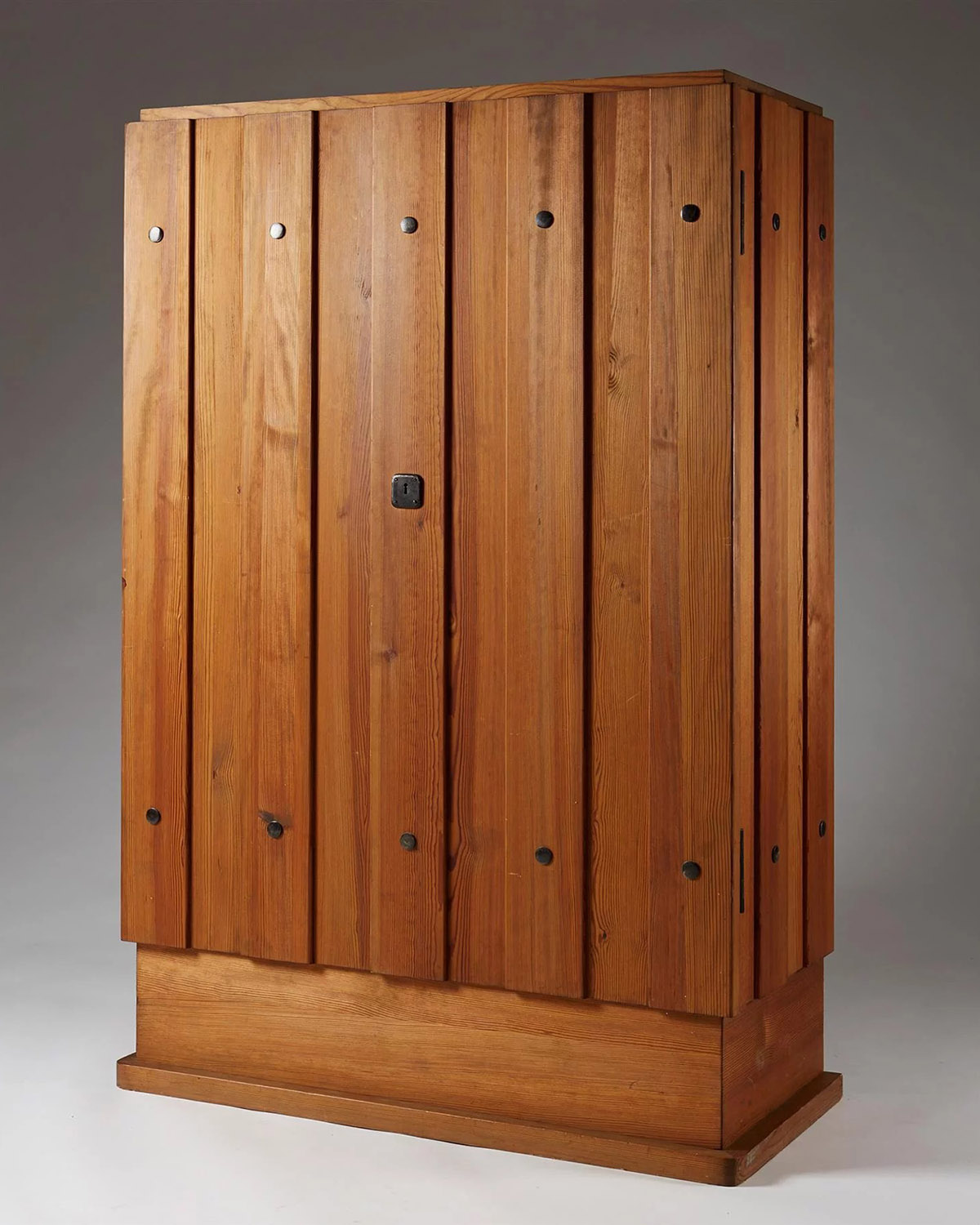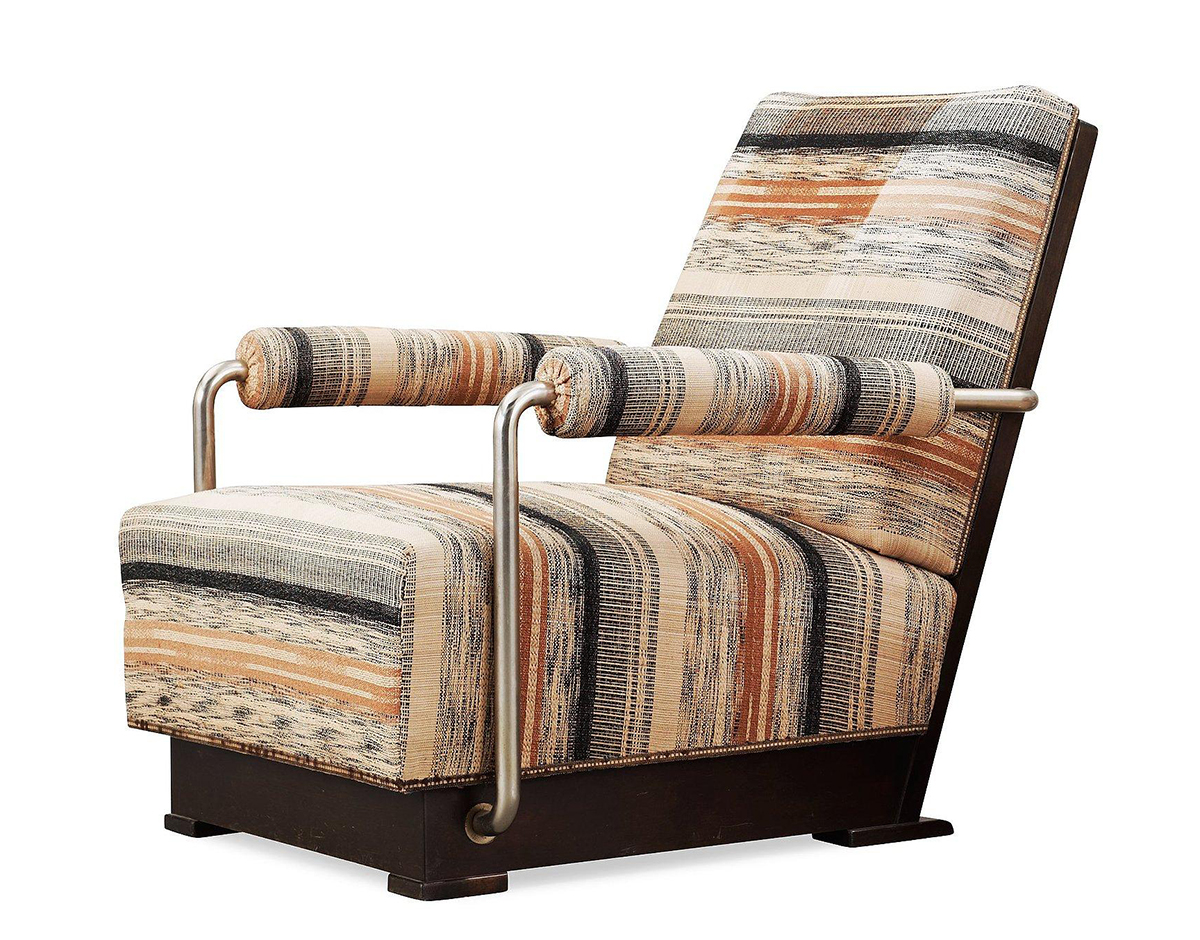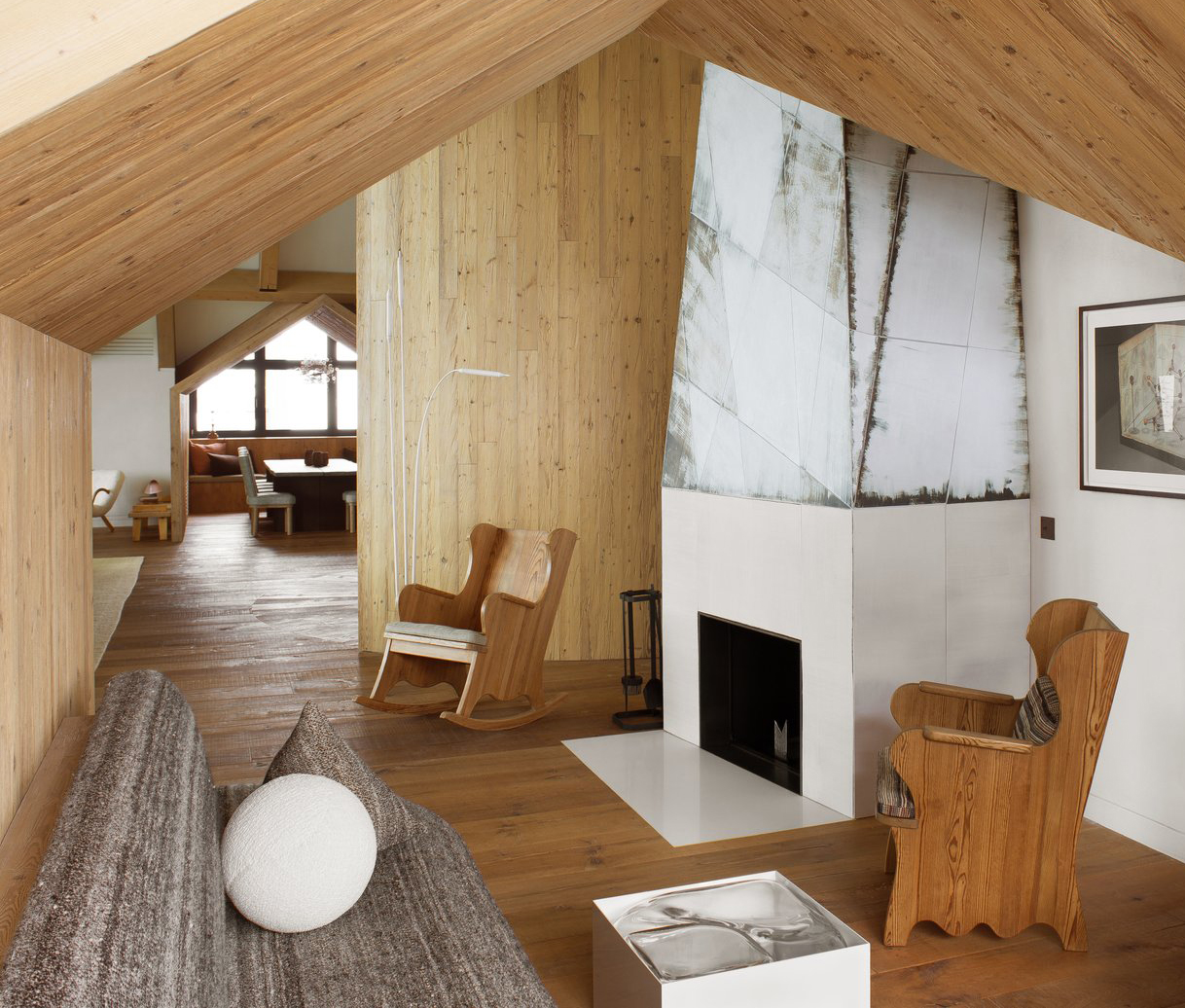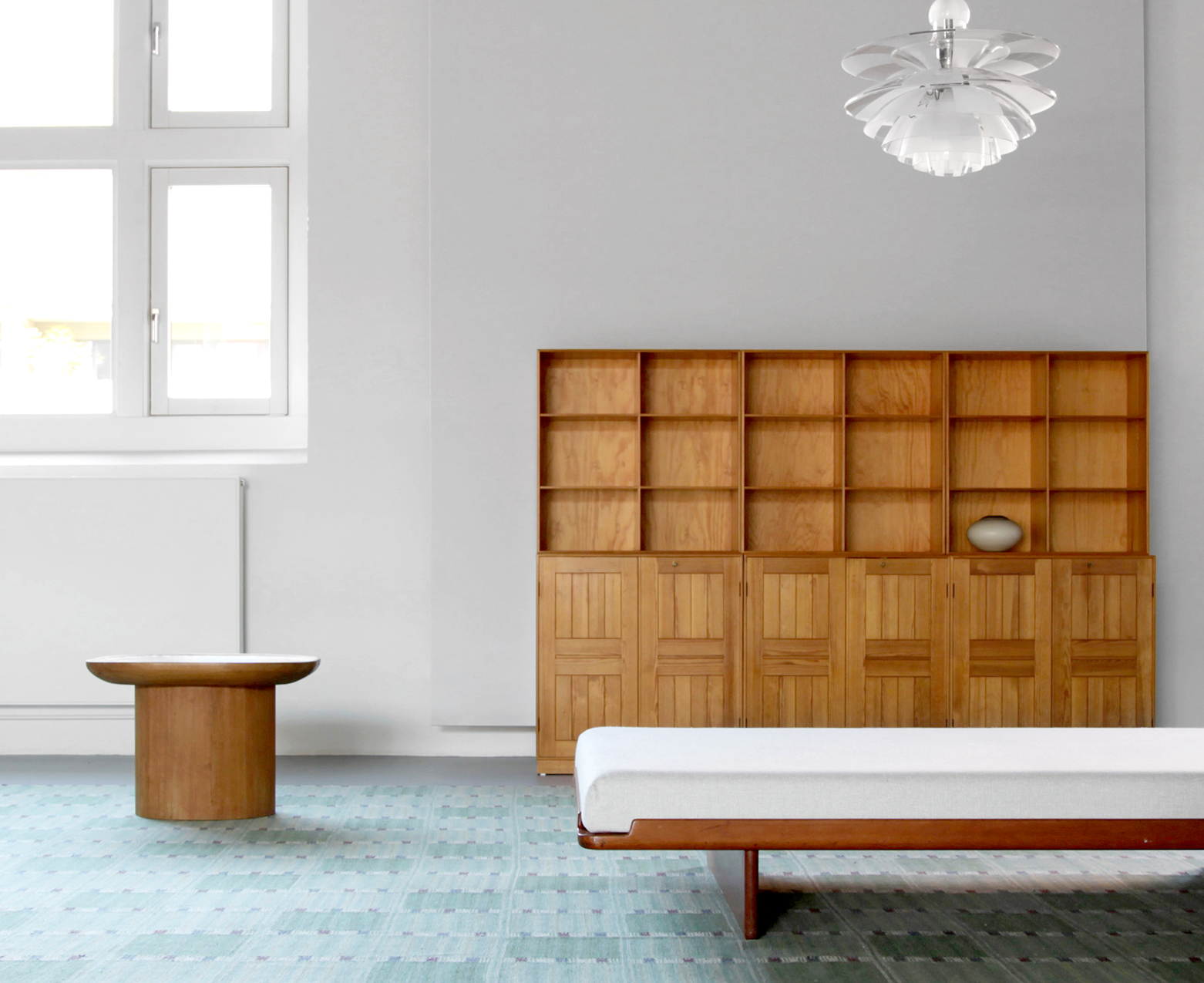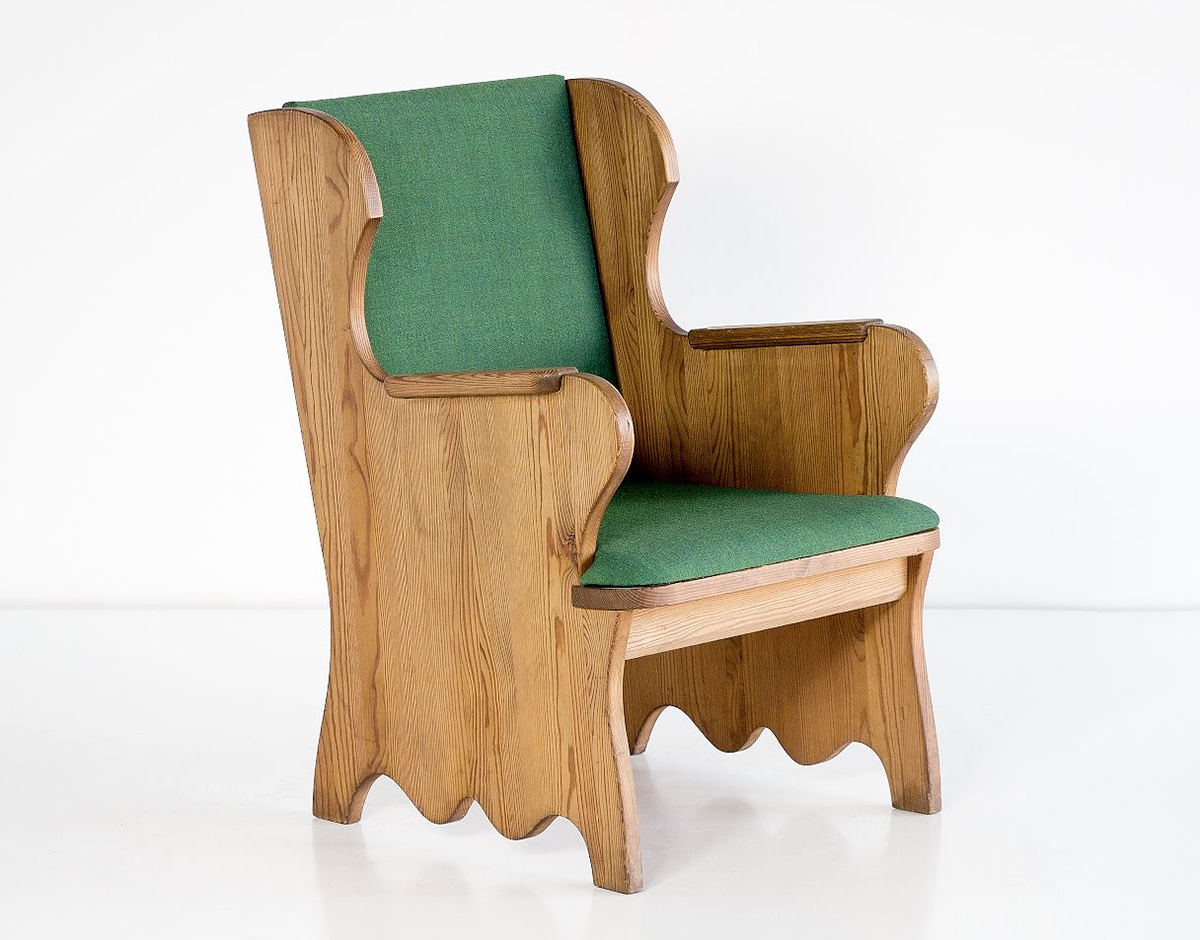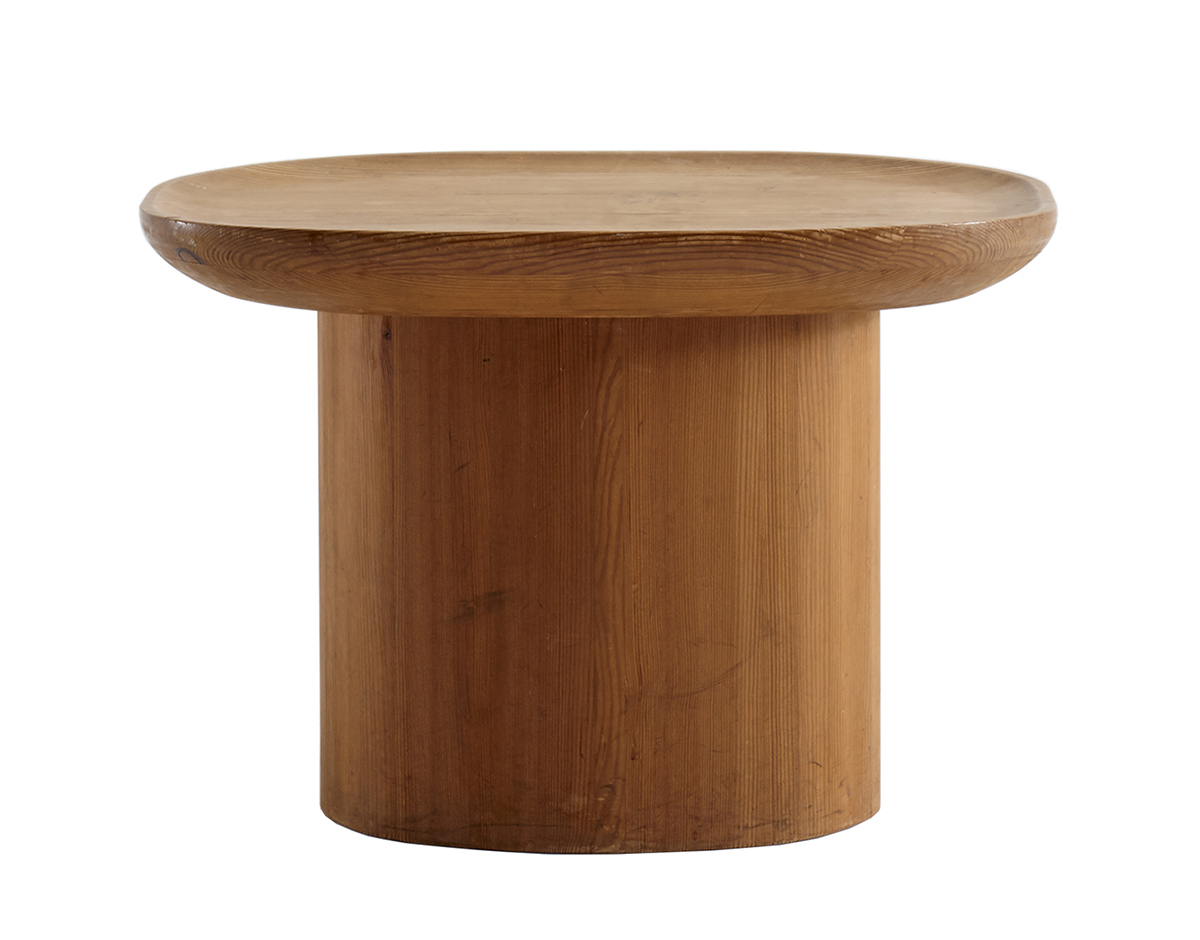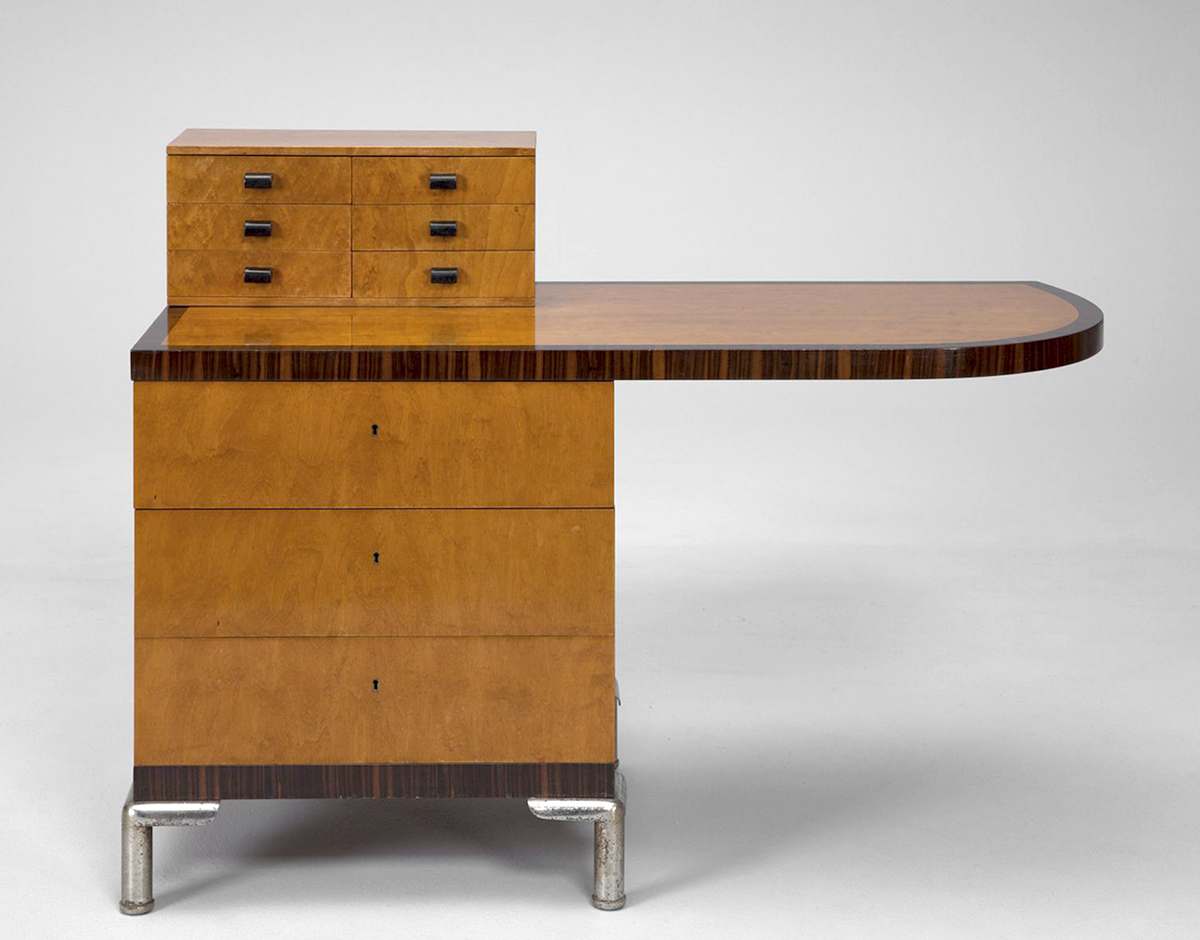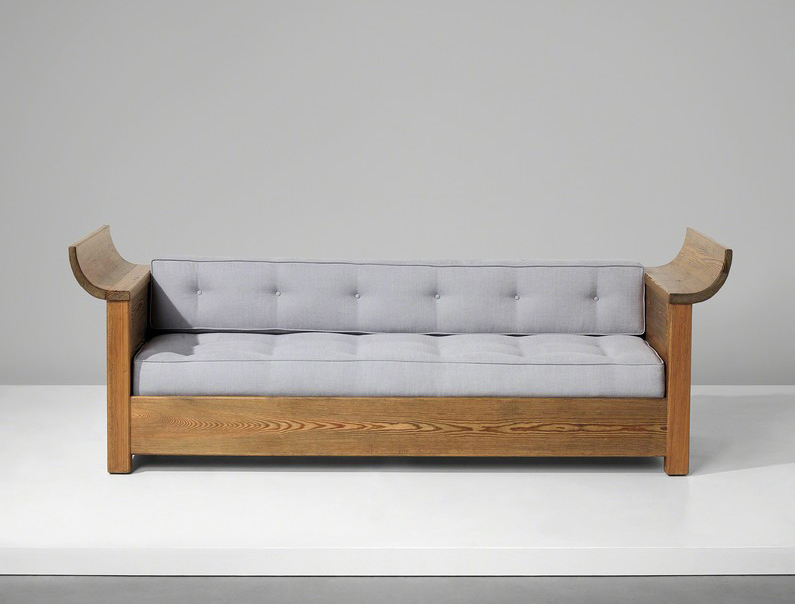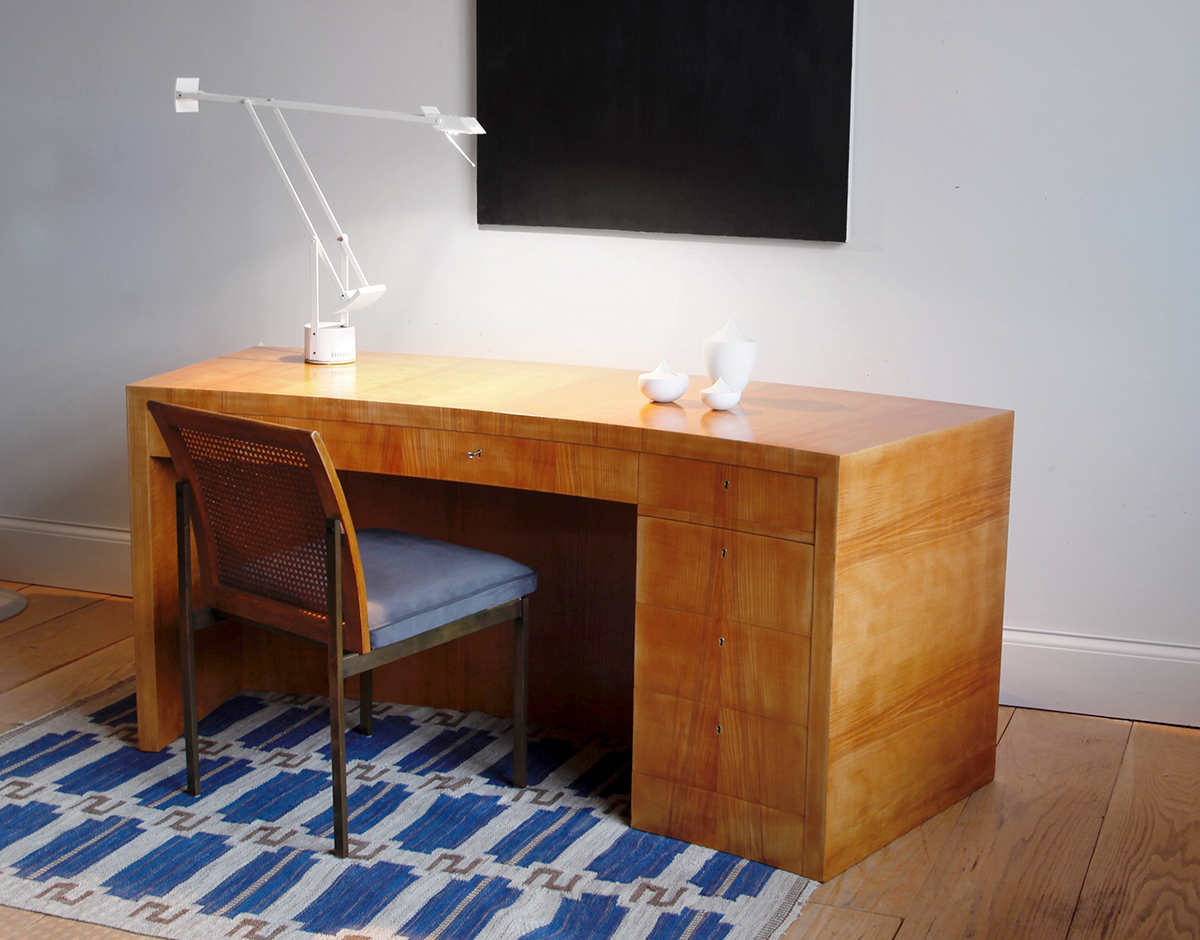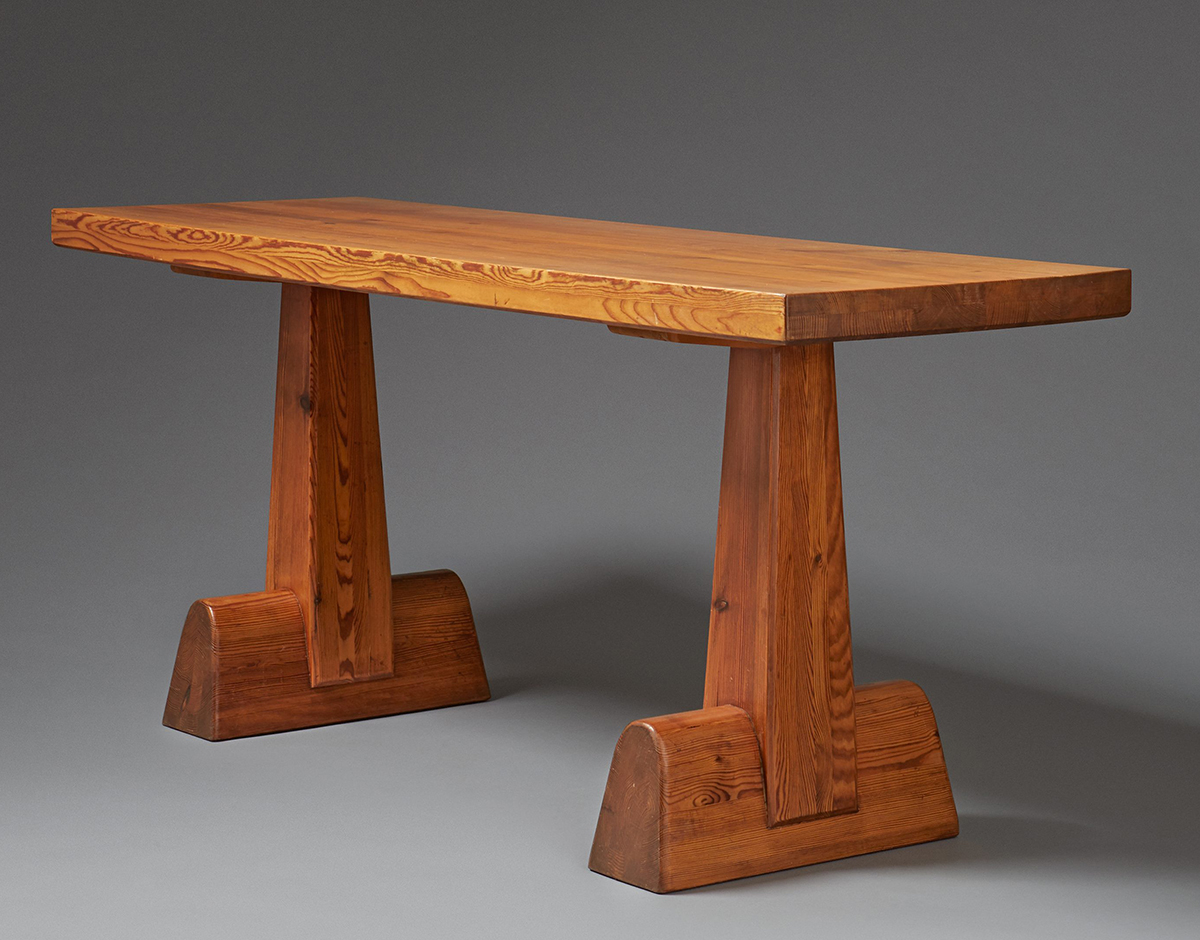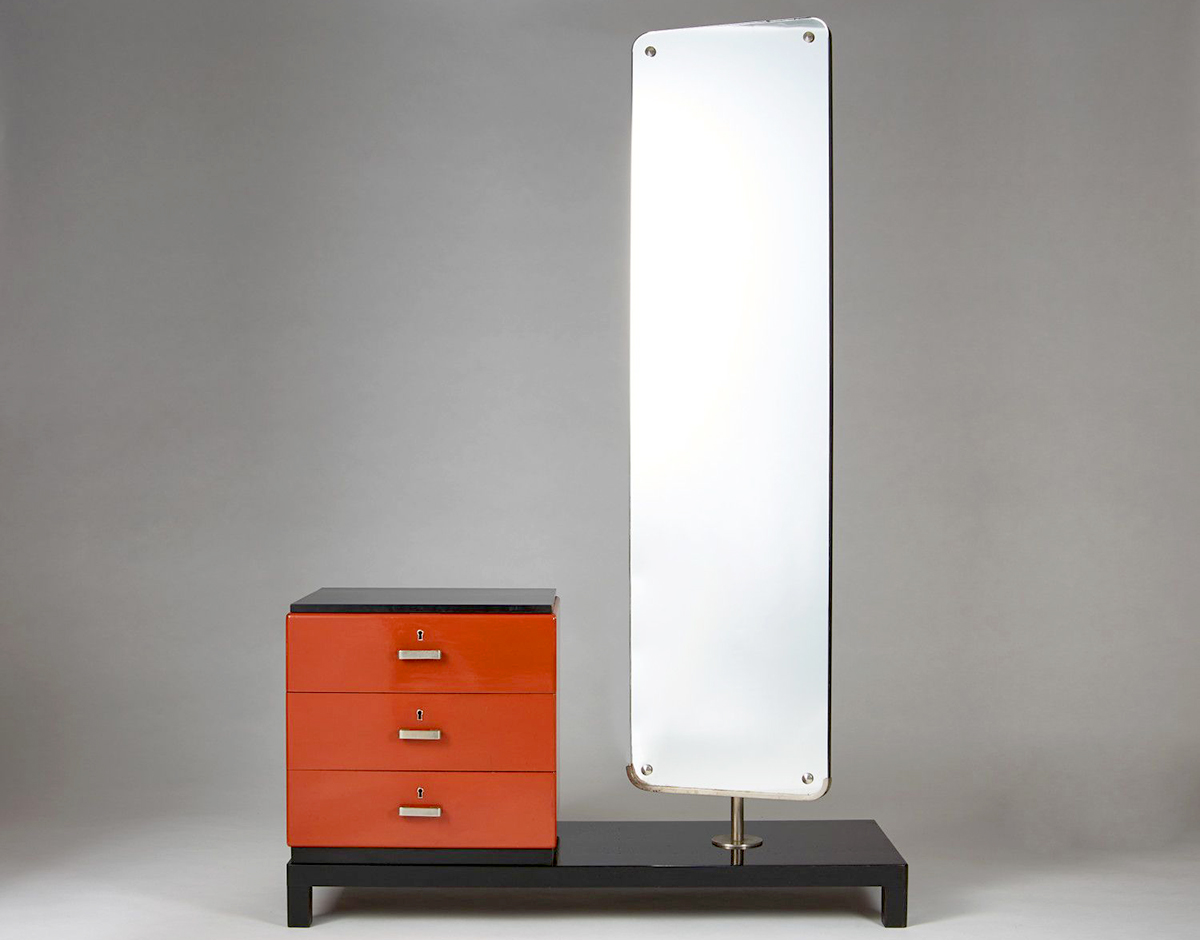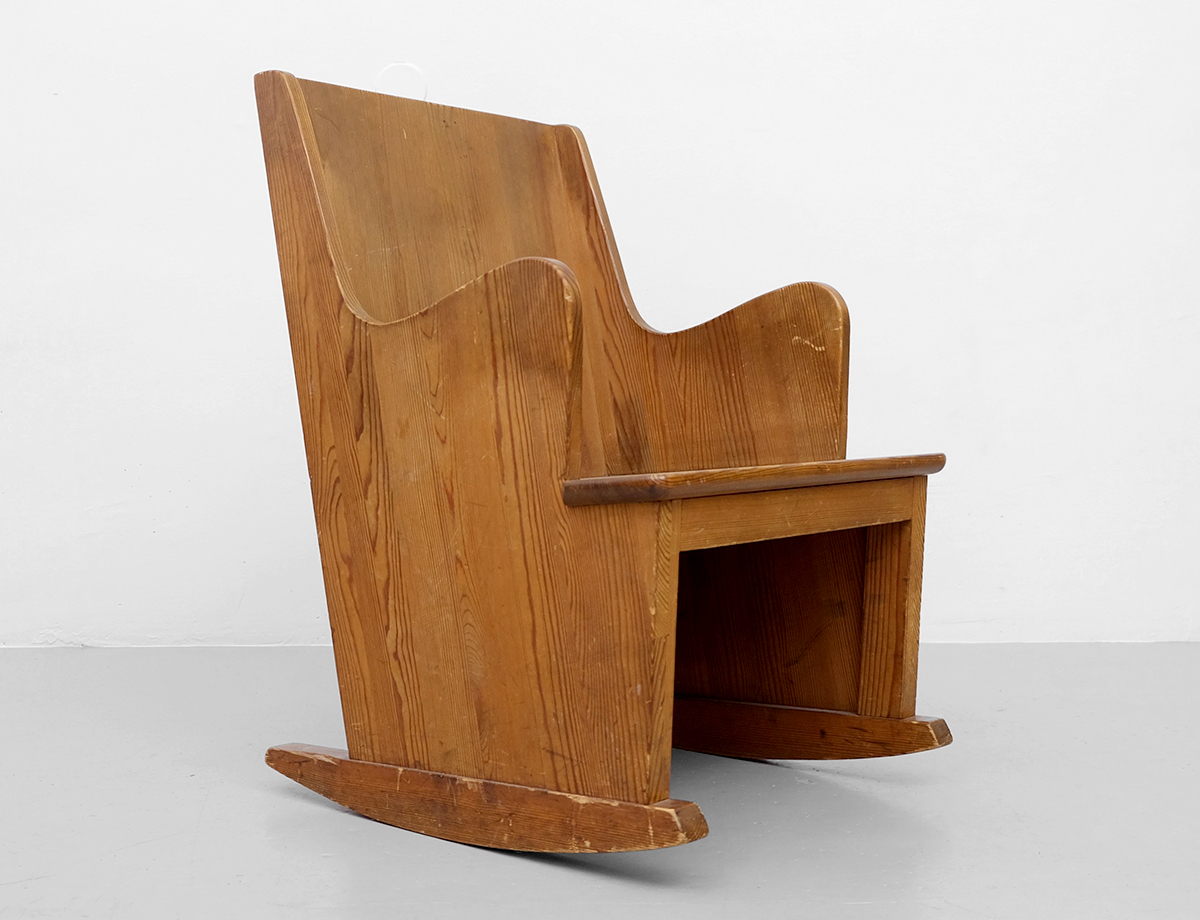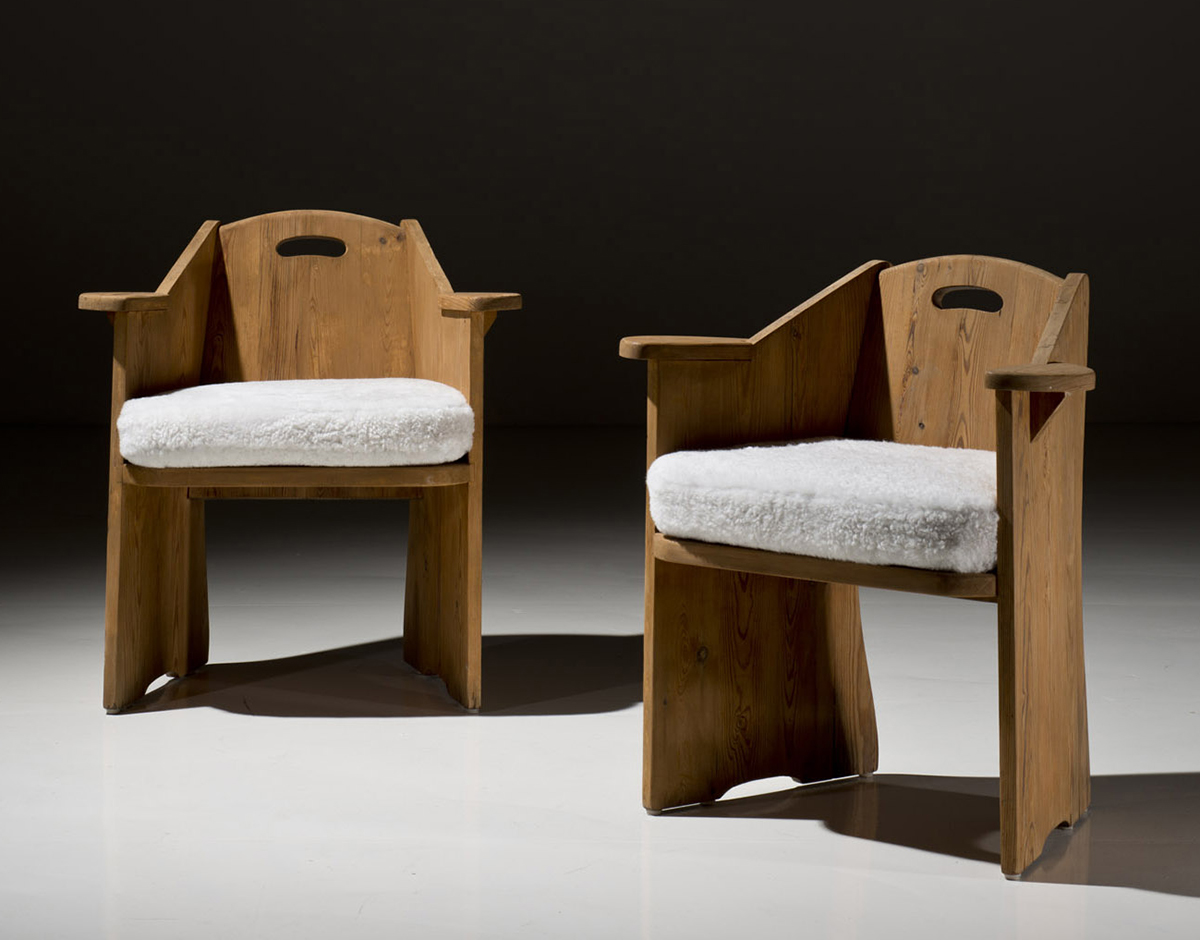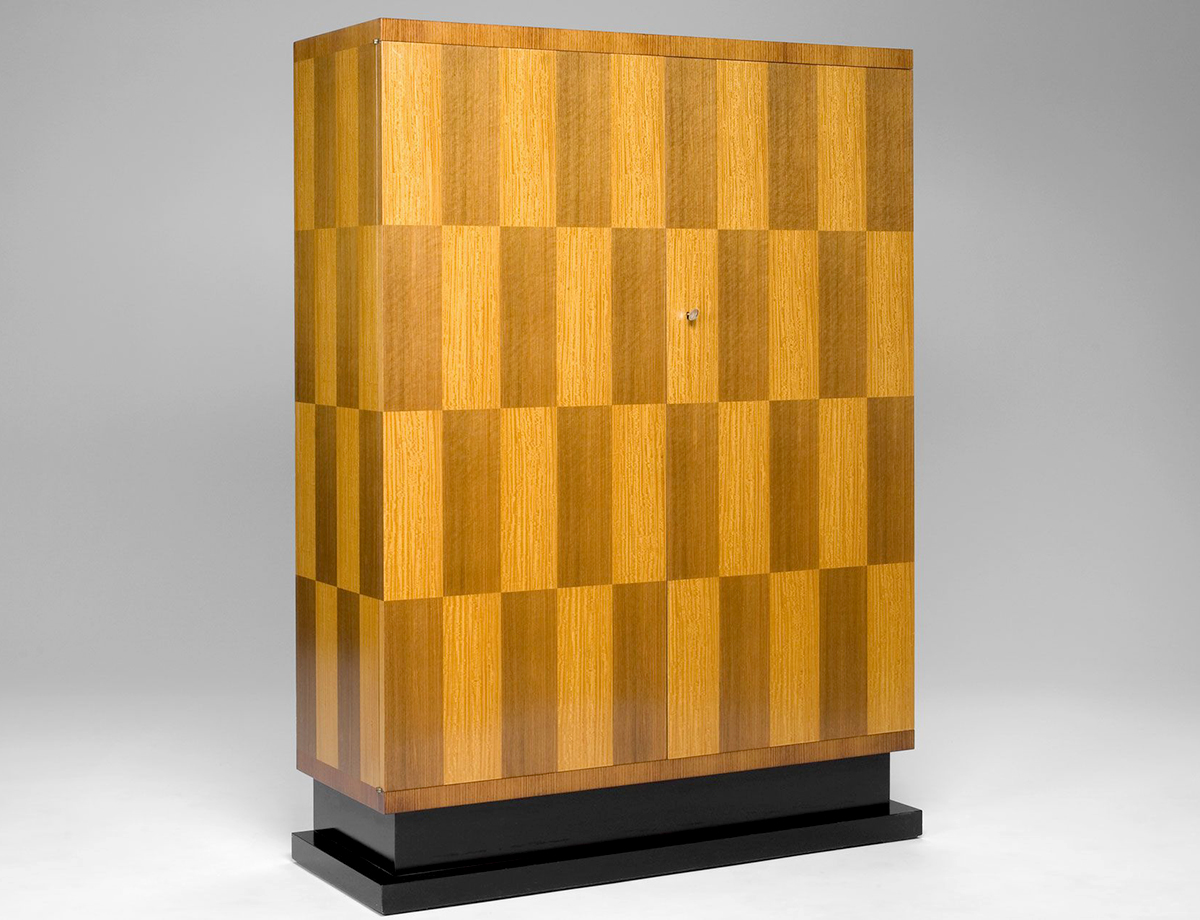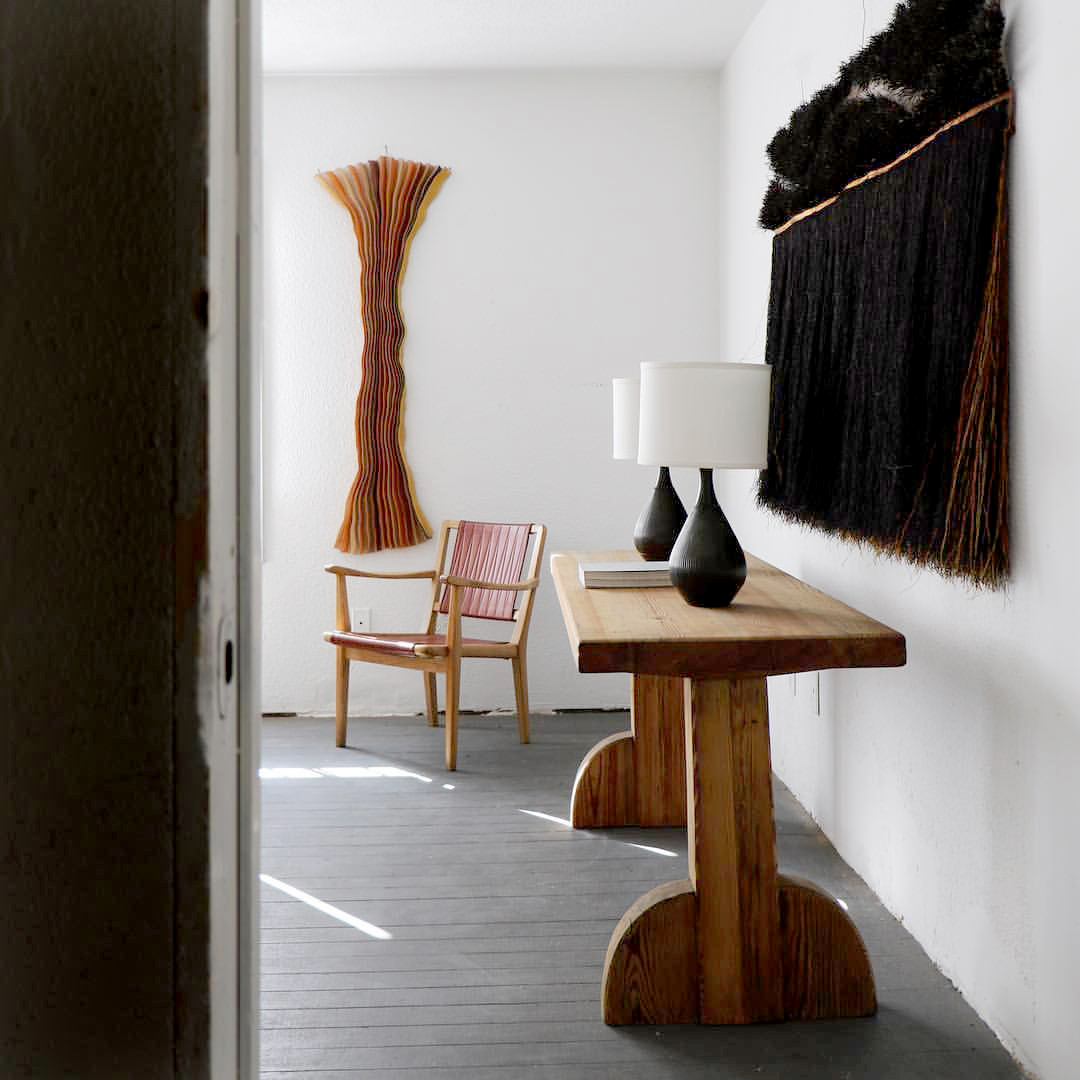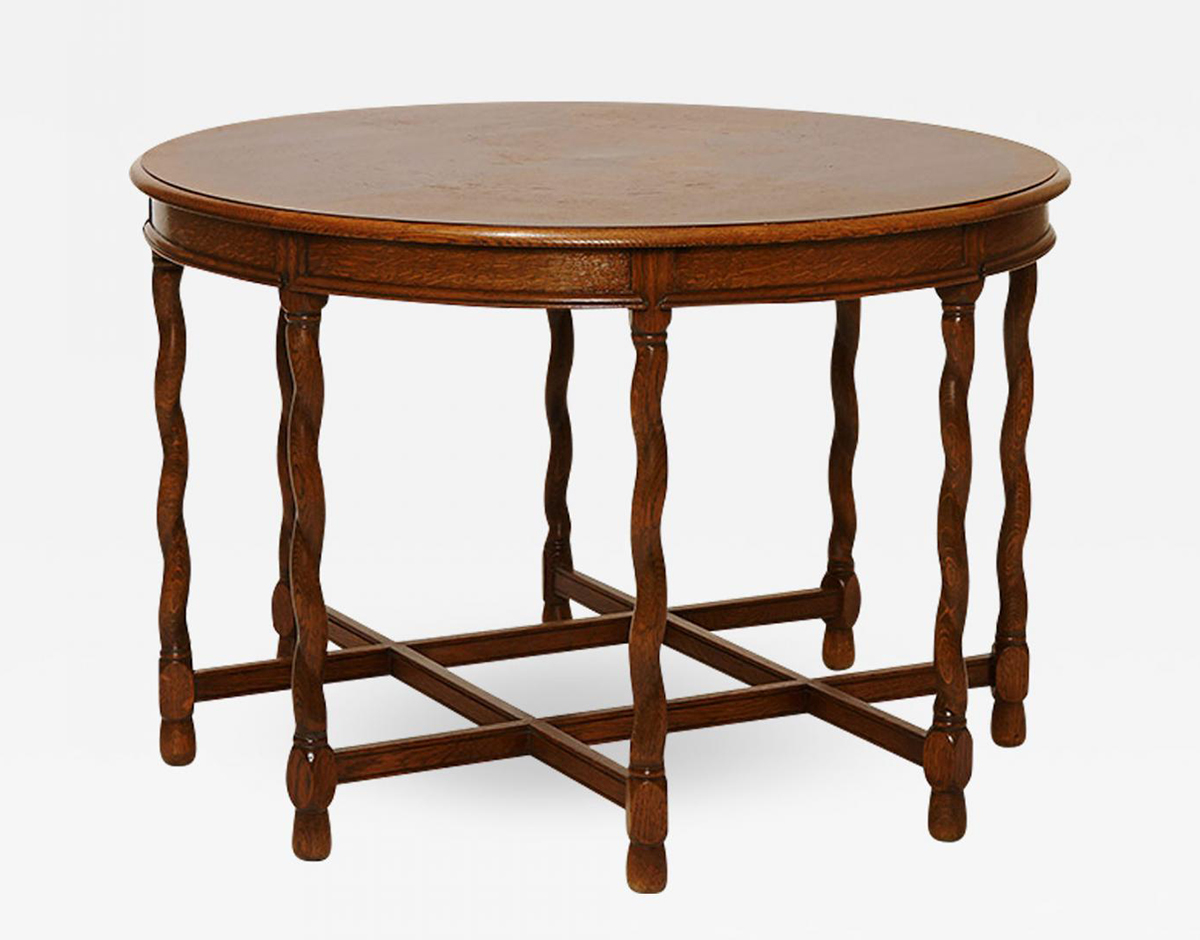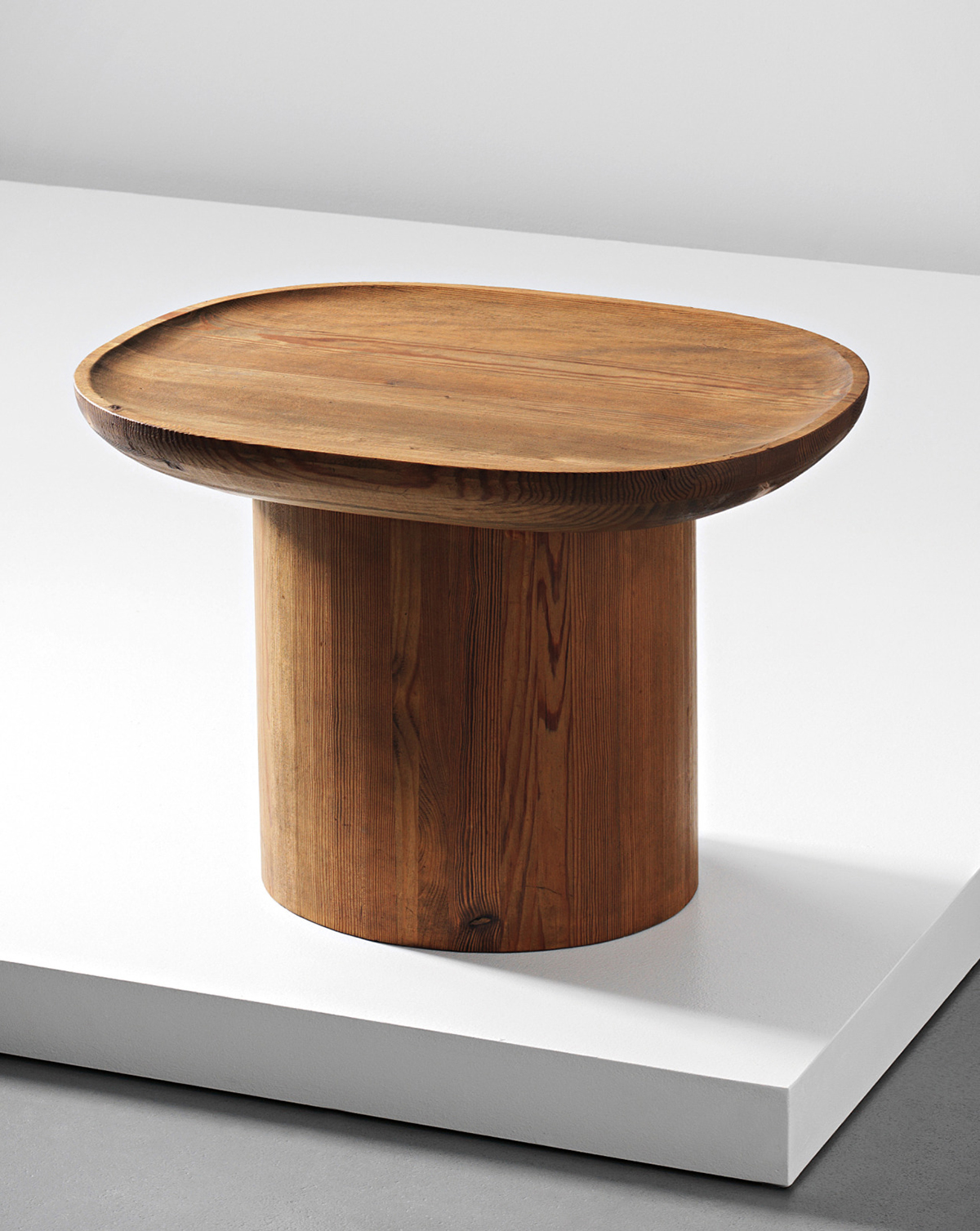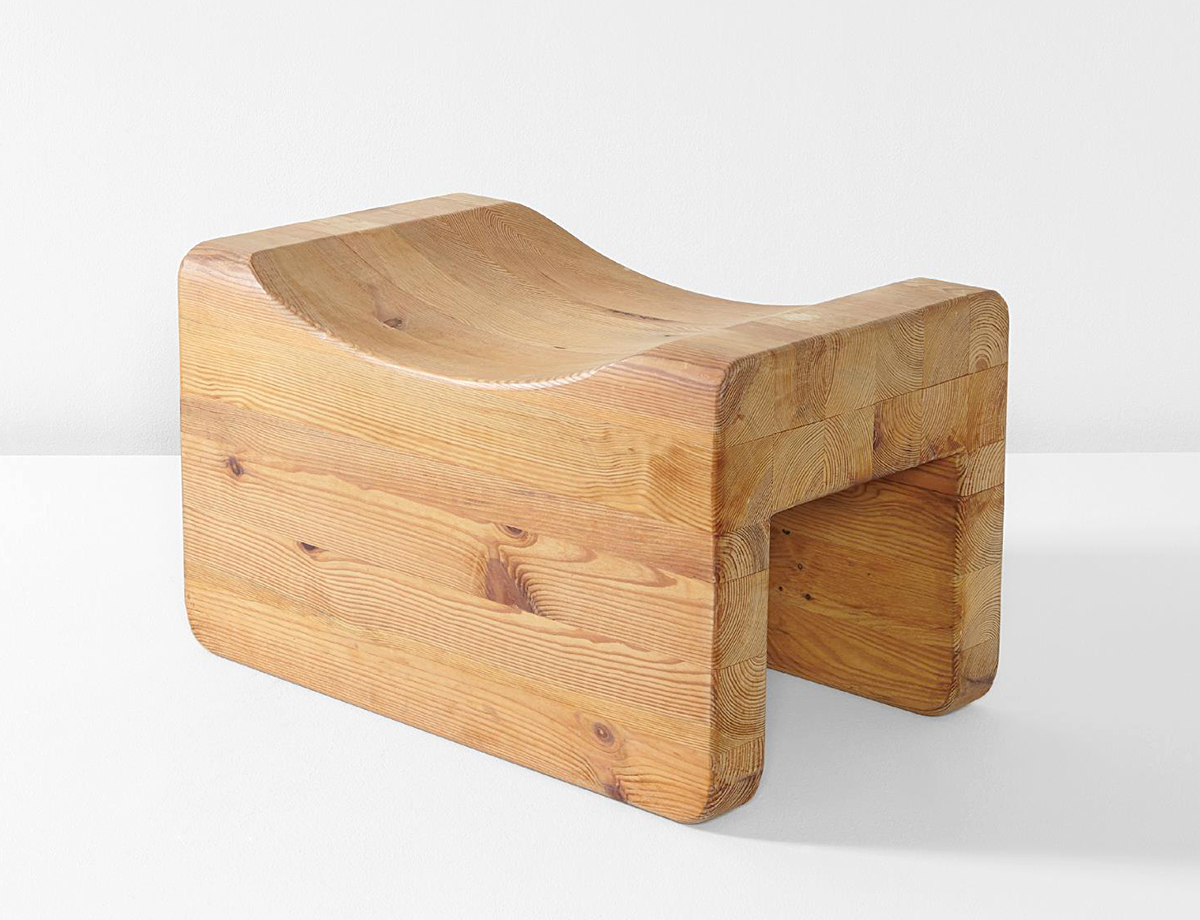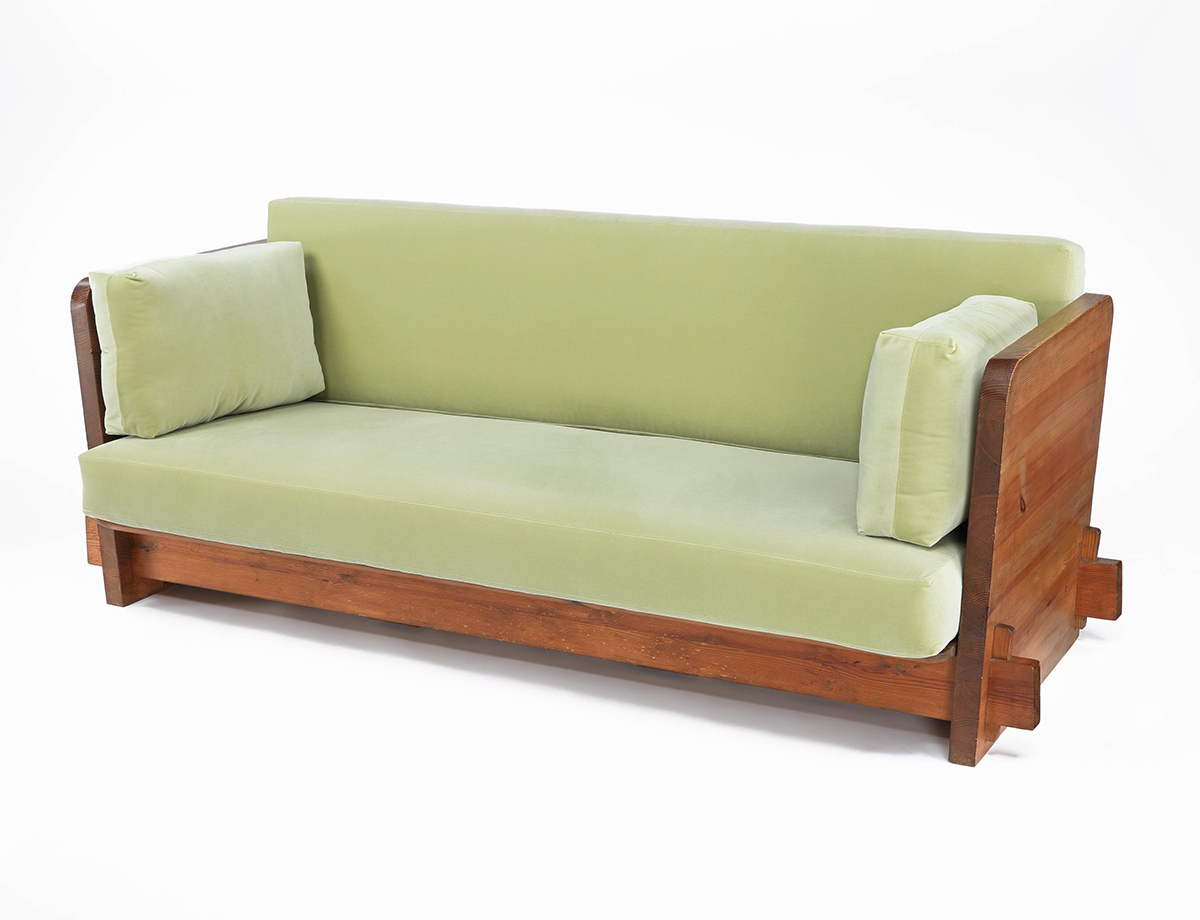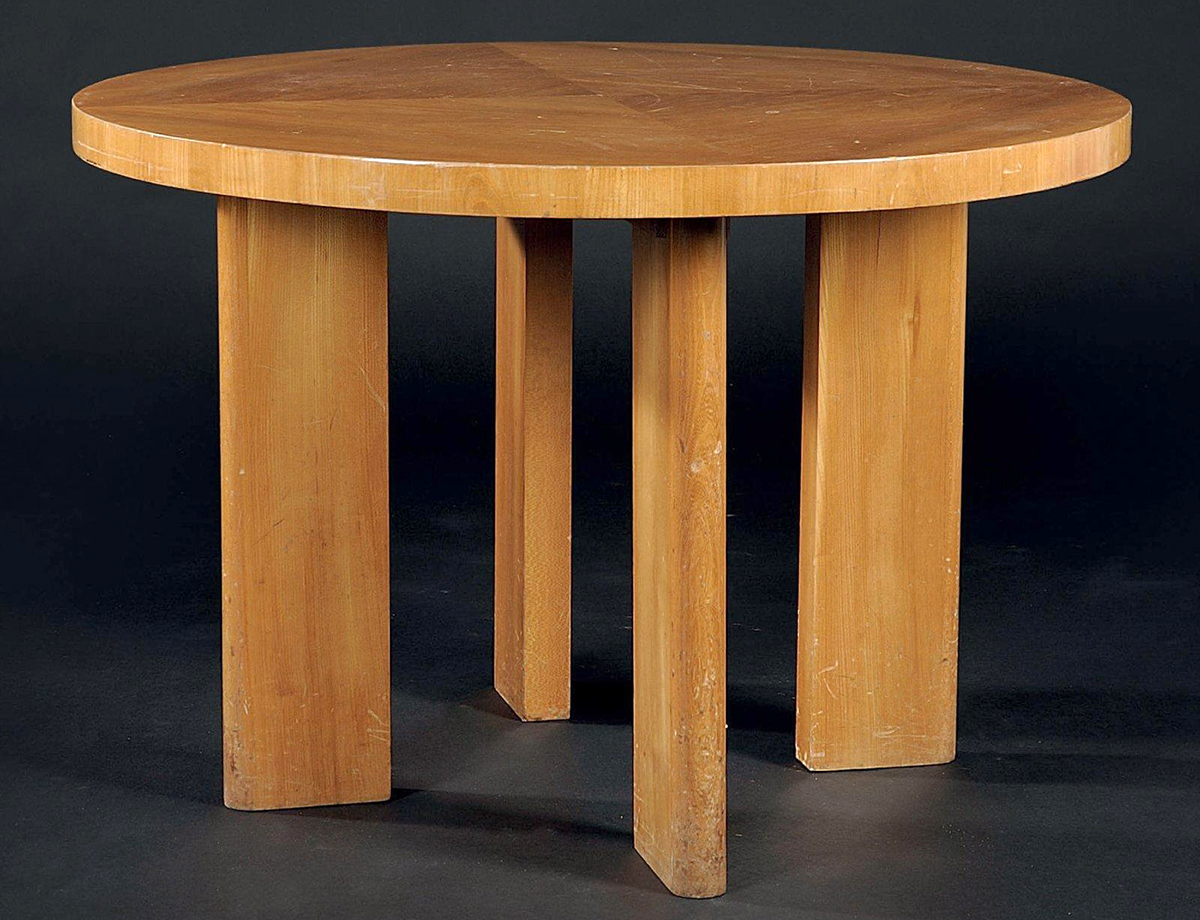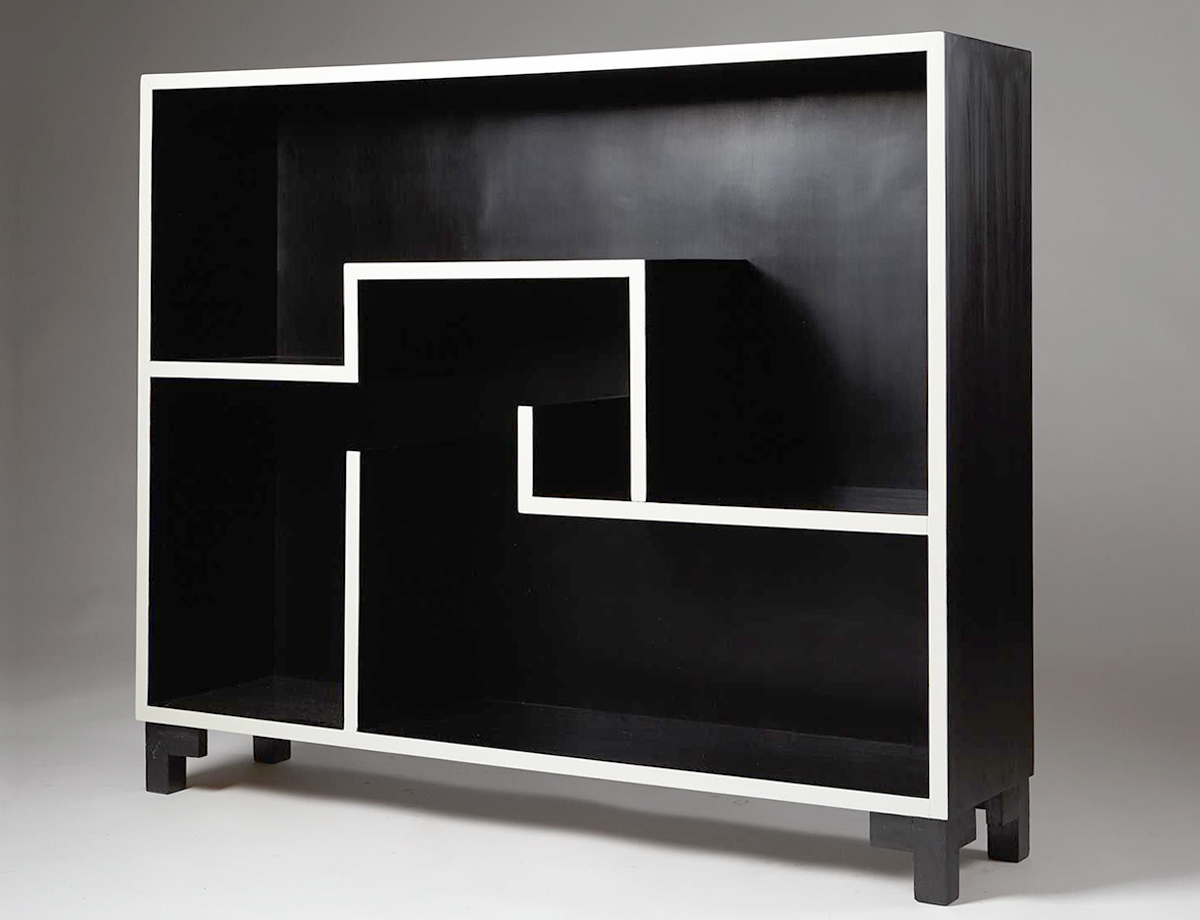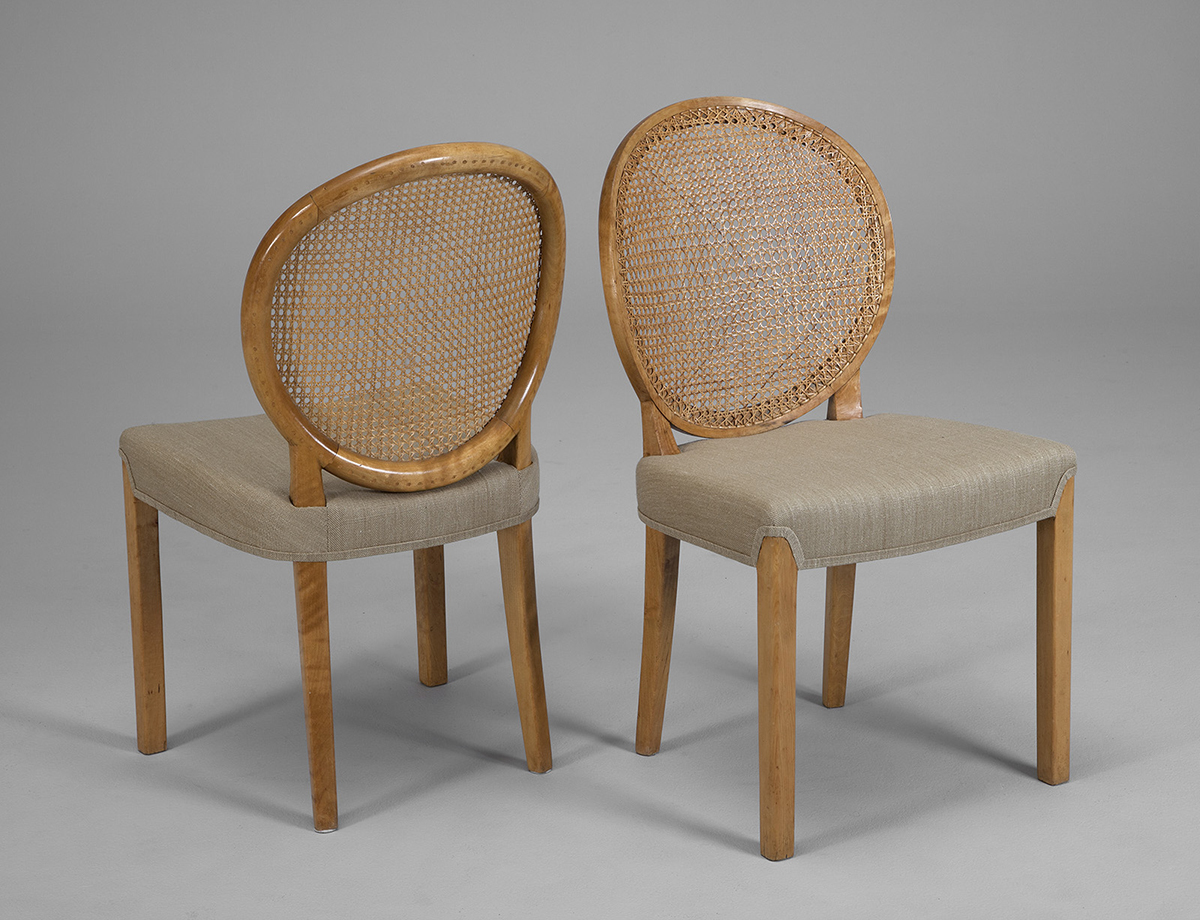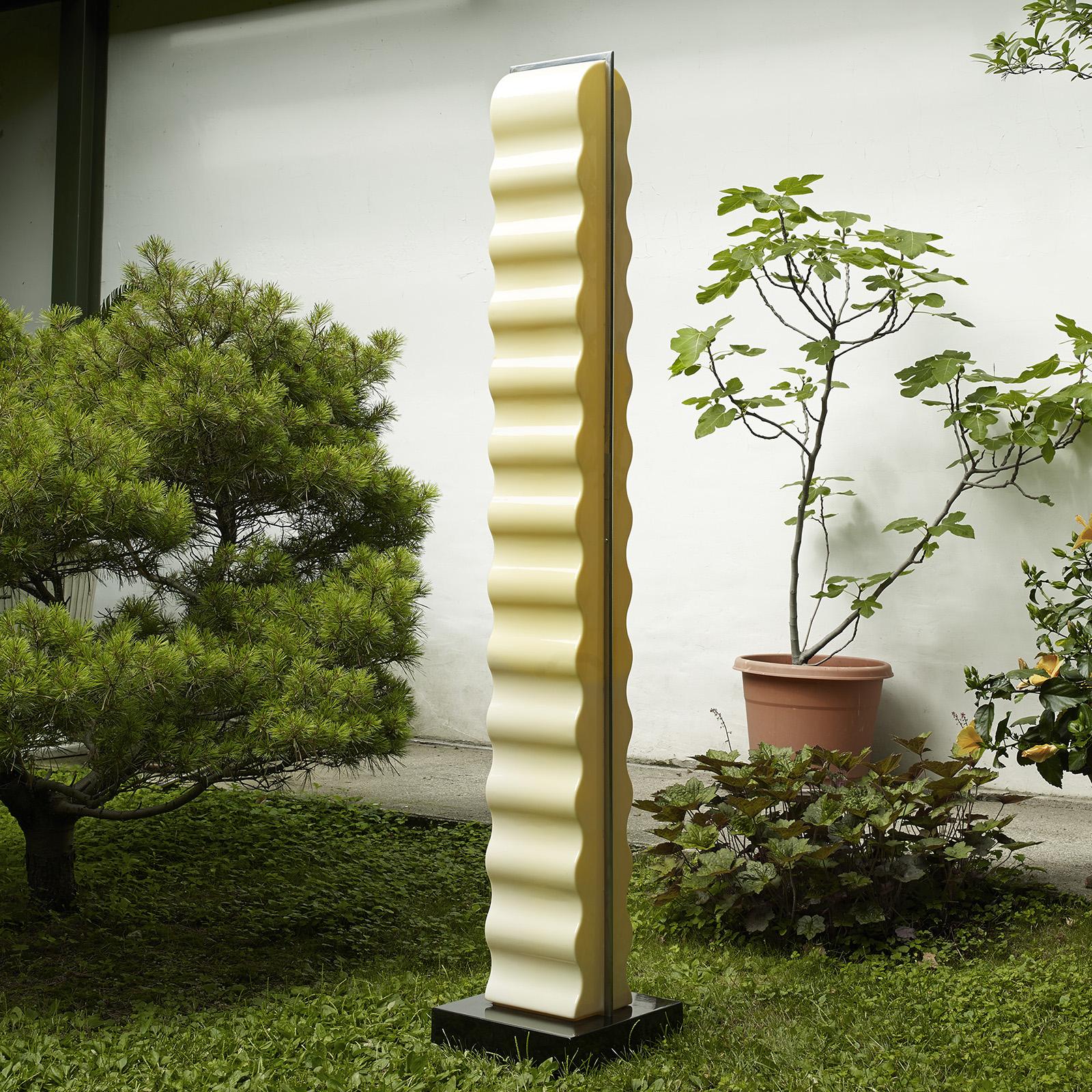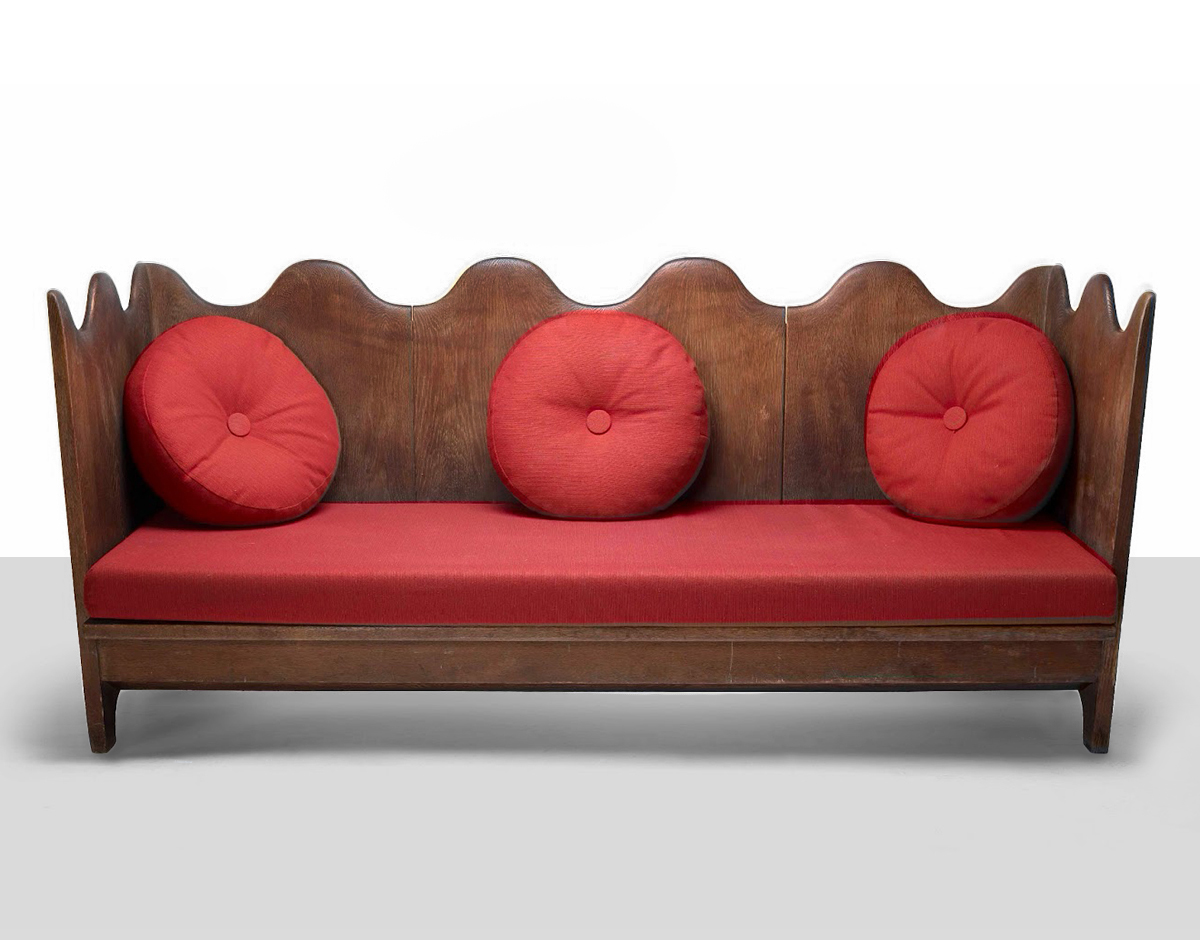
01.24.19
Current Obsession
Why is This Early 1900s Swedish Minimalist Suddenly All Over Instagram?
We’re not sure when it was that we first started noticing the late Swedish designer Axel Einar Hjorth popping up everywhere we looked. Was it when Giancarlo Valle name-checked him in a 2017 interview? Was it when not one, but two young American design studios put him on Instagram? Was it when we started seriously paying attention to the work of Hjorth superfan Pierre Yovanovitch, after the French designer’s R & Company exhibition knocked us flat off our feet? Whenever it was, you can now consider us full converts to the church of Hjorth, whose work remains disarmingly fresh 60 years after his death, mixing as it does both Art Deco and Modernist influences, a sense of sophistication with something more primitive.
But what exactly brought Hjorth — who was lauded in his time as a progenitor of Swedish modernism, but ended up largely forgotten after his death — back into the Zeitgeist? “As a studio that works with wood,” explains Katrina Vonnegut of Vonnegut/Kraft, “we’re always looking to find innovative details within craft traditions. We look through a lot of old Wright and Phillips auction catalogues, so that was probably where we first saw his work.” Indeed, says Meaghan Roddy, senior vice president of design at Phillips, Hjorth first began pulling his weight among the collector set all the way back in 2011, when Phillips launched its Nordic Design auctions in London. “There are at least two different ‘categories’ of Hjorth, though,” Roddy points out. “There are the very elegant and detailed works for Nordiska Kompaniet that incorporate lacquer or pewter inlays, and then there are the works Hjorth designed for the country houses of his clients, which are a bit more rustic. Those are the pieces that appeal most to me, for the sheer fact that they seem completely contemporary and undated.”
In the end, it probably was Yovanovitch who brought Hjorth to the attention of a younger generation of designers through Instagram, where he often photographs Hjorth pieces in projects like a Portugal winery, a Swiss chalet, and his own home (which is actually a castle in the south of France). “I first discovered Hjorth’s Swedish Grace pieces on a visit to Stockholm’s Stadshus,” Yovanovitch explains. “The Carl Malmsten works were amazing, but I was instantly taken by Hjorth, as he was the emblematic figure of this neoclassical art movement. But I particularly like the raw furniture collection in Swedish pine he started to design in 1929 (when Swedish Grace was at its peak) known as Sportstugemöbler — ‘furniture for holiday houses.’ The collection is based on Swedish rural traditions, yet the works are astonishingly modern, displaying a delicate rigor in proportions, simplicity in construction, and a brilliant union between tradition and modernism.”
When asked if he thinks Hjorth is “trending,” as it were, Yovanovitch replied: “There may be a Hjorth ‘trend’ at the moment, but his pieces are so simple and radical that I think he will remain an inspiration for generations to come.”
